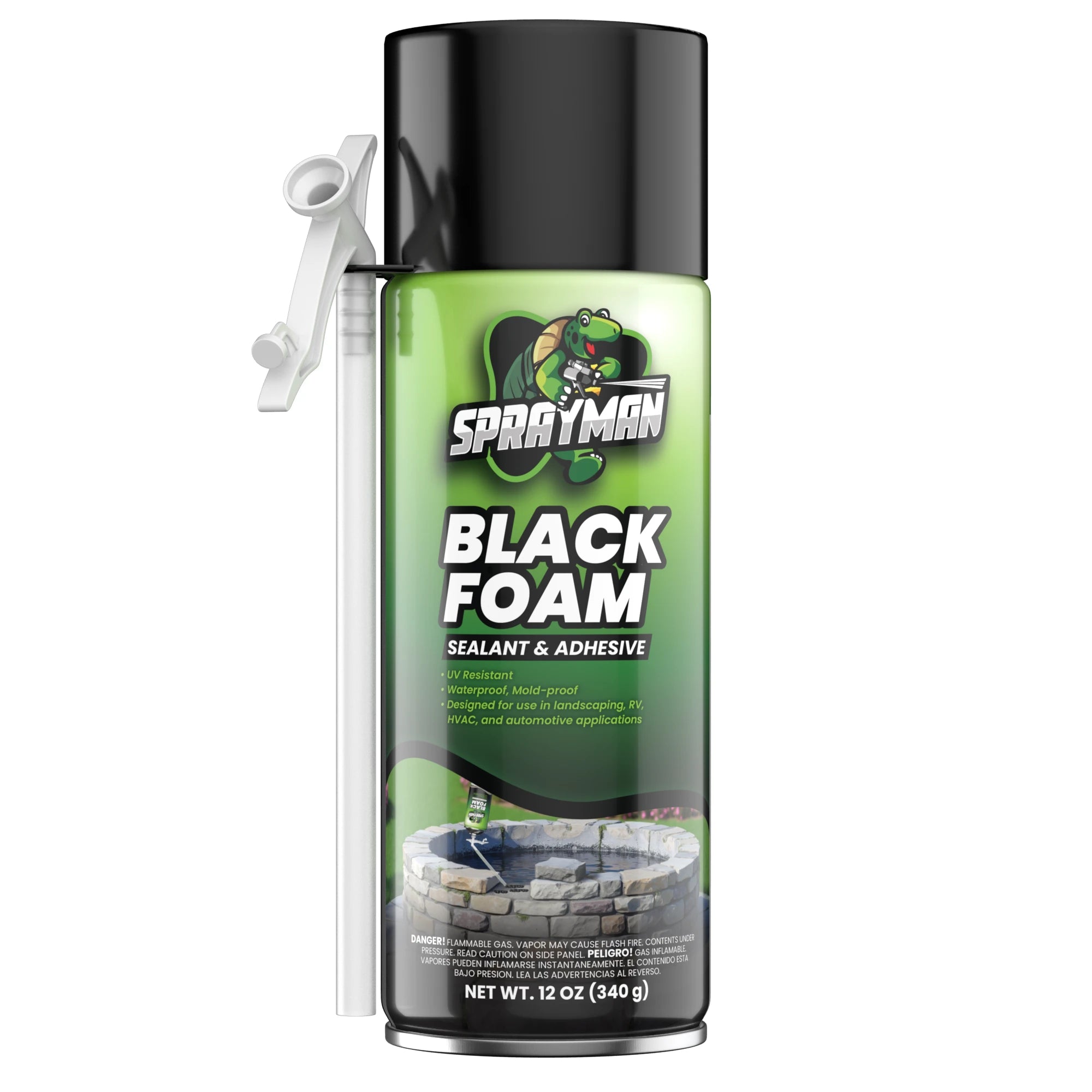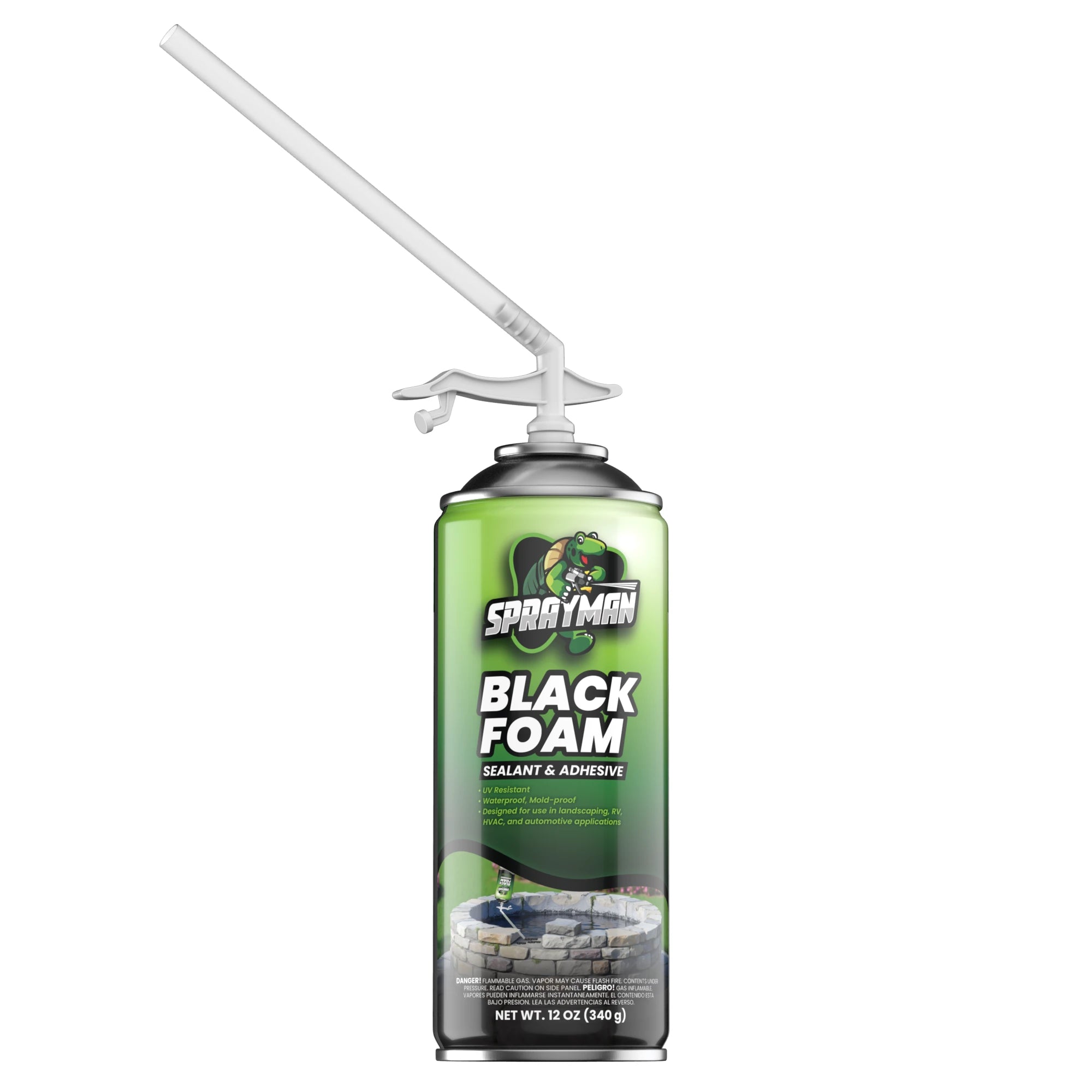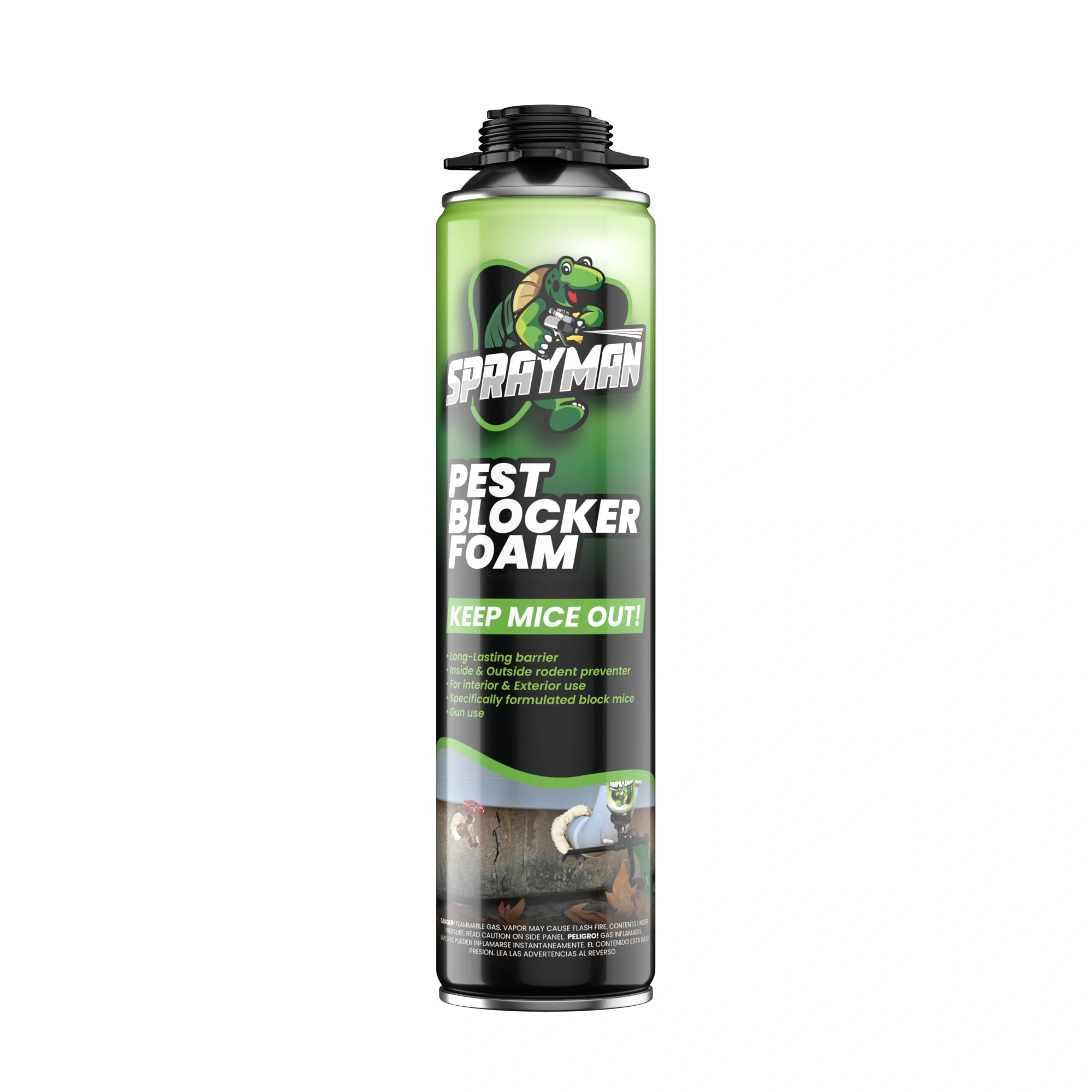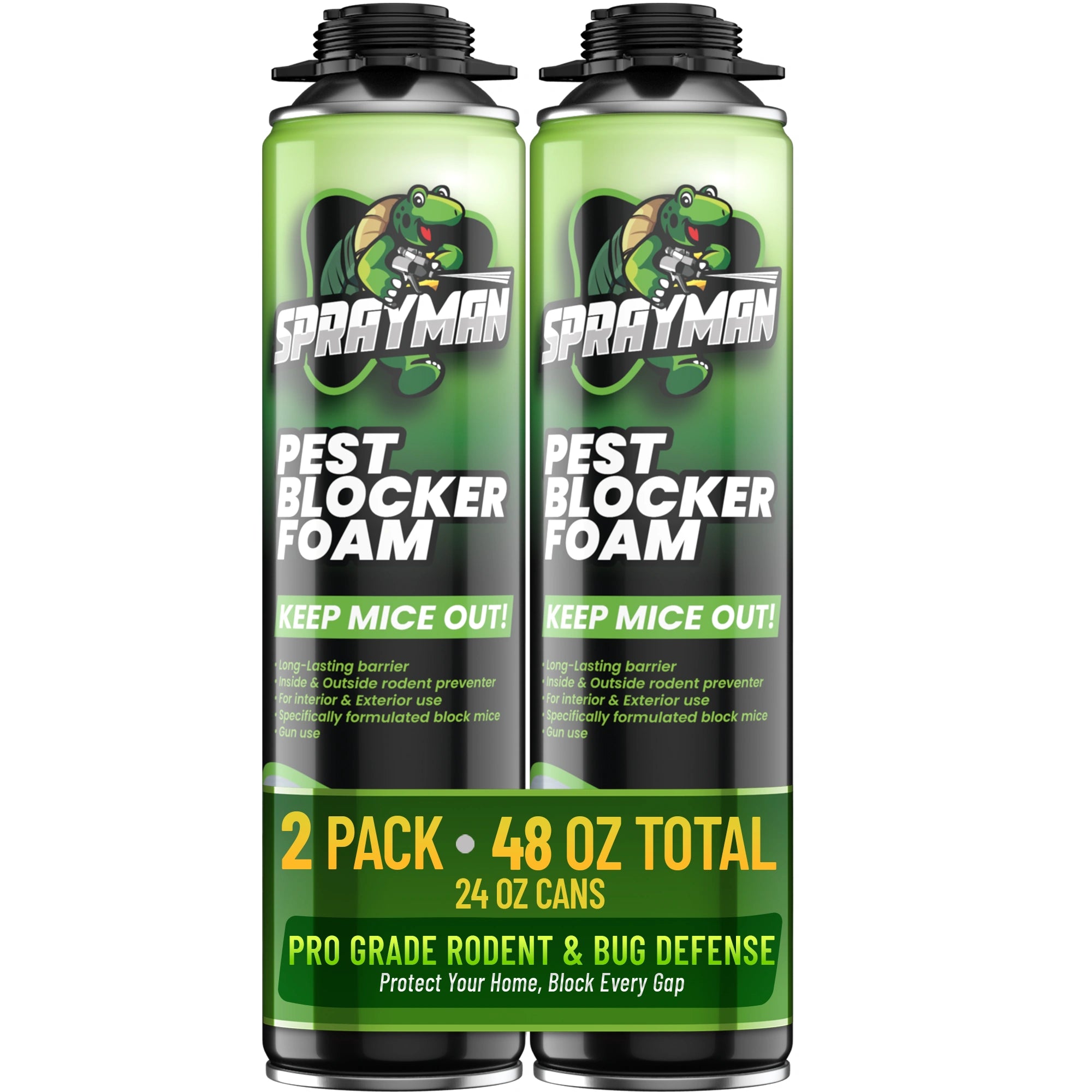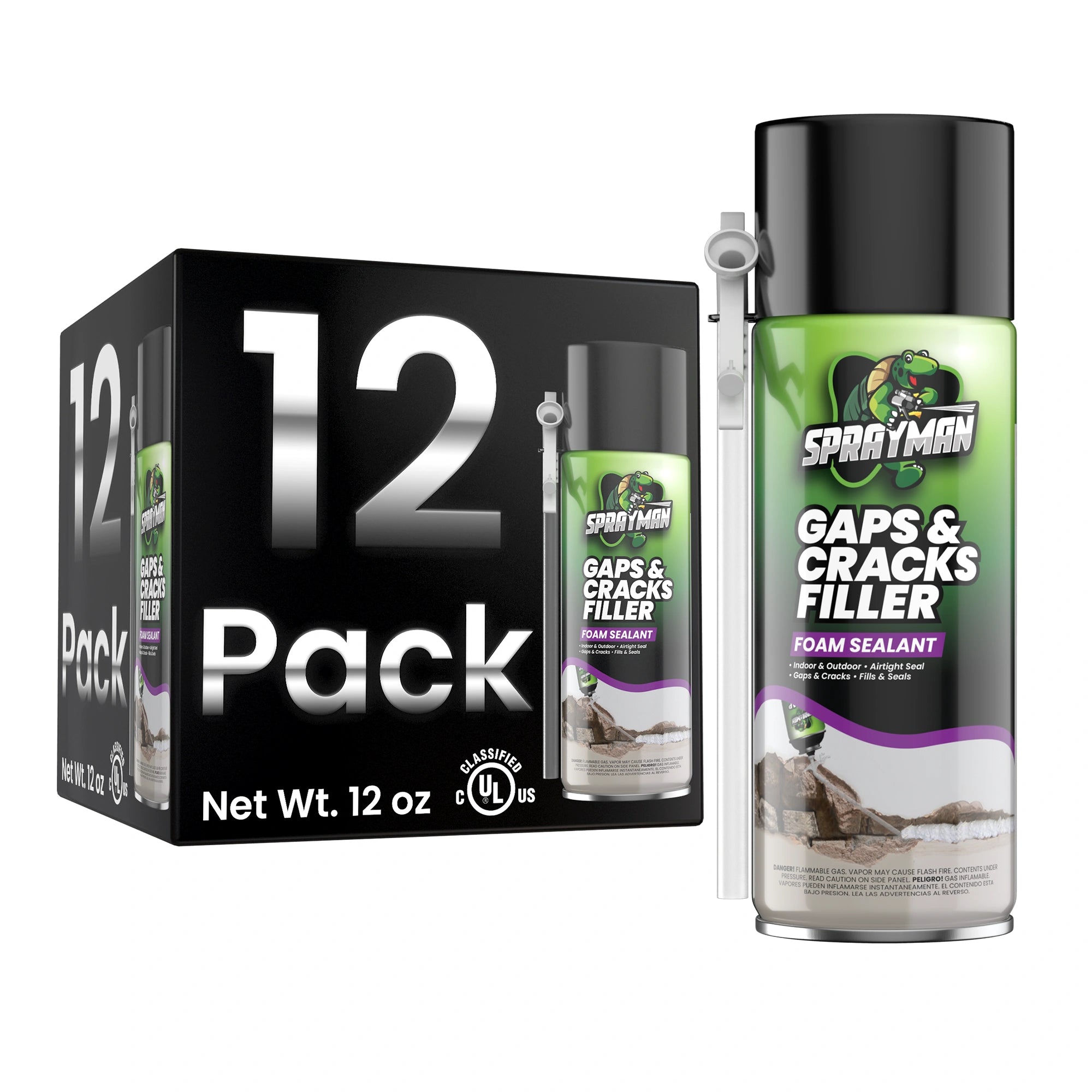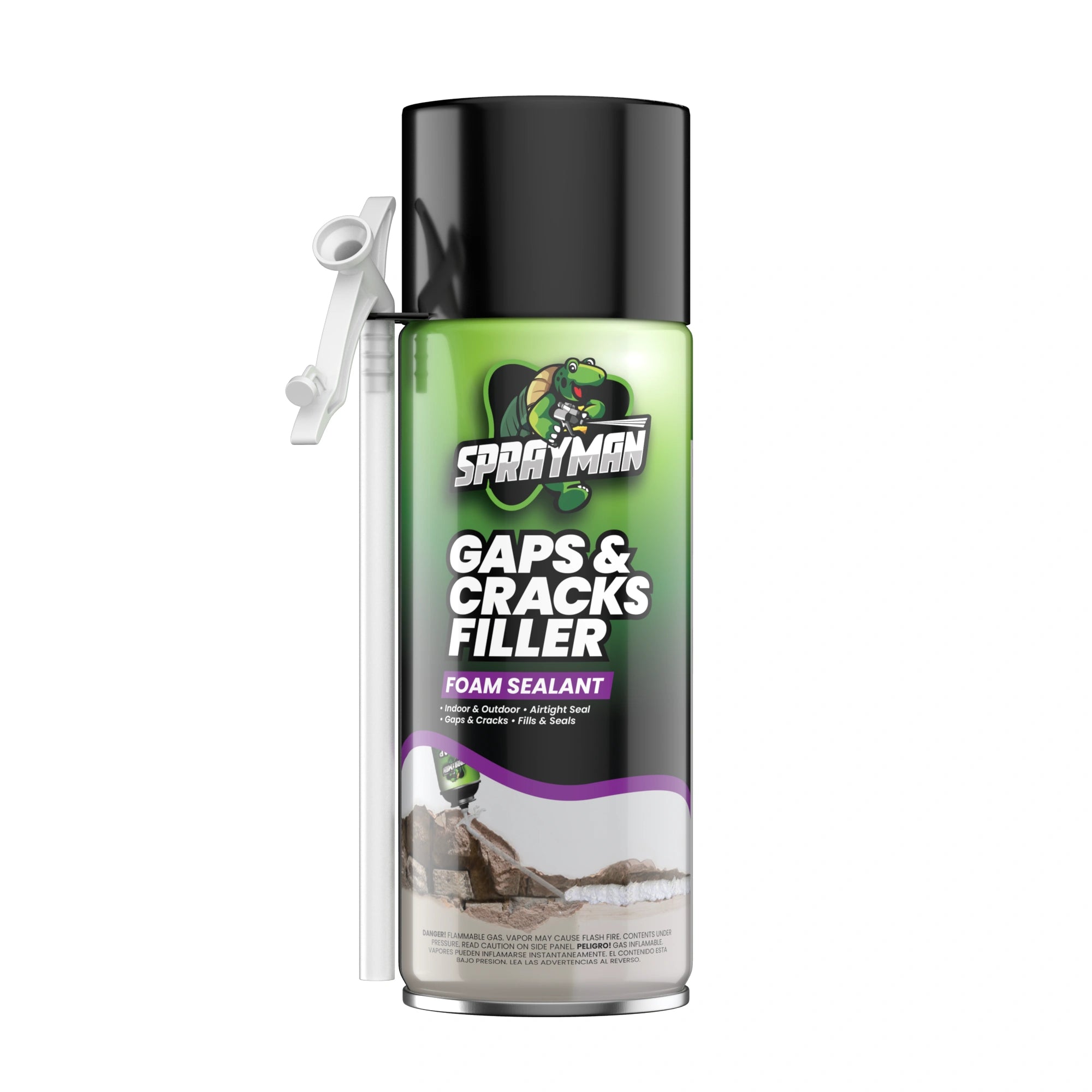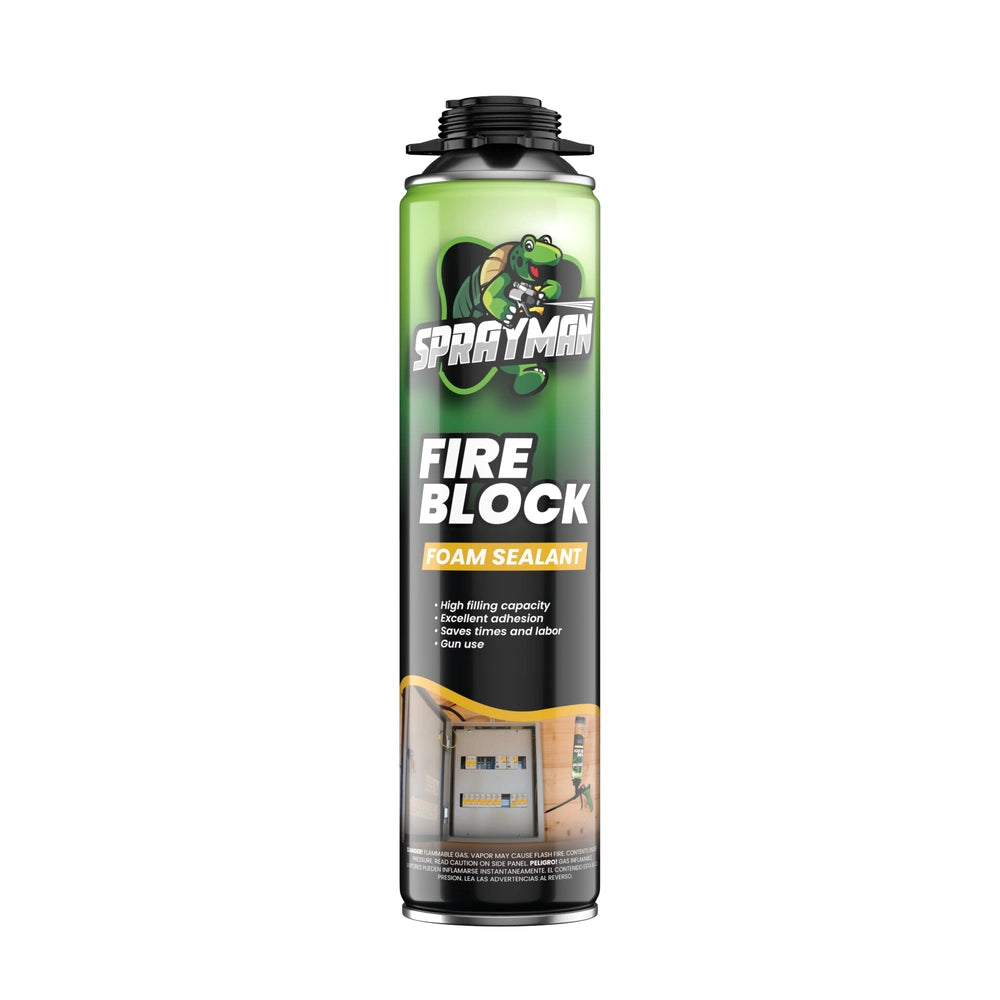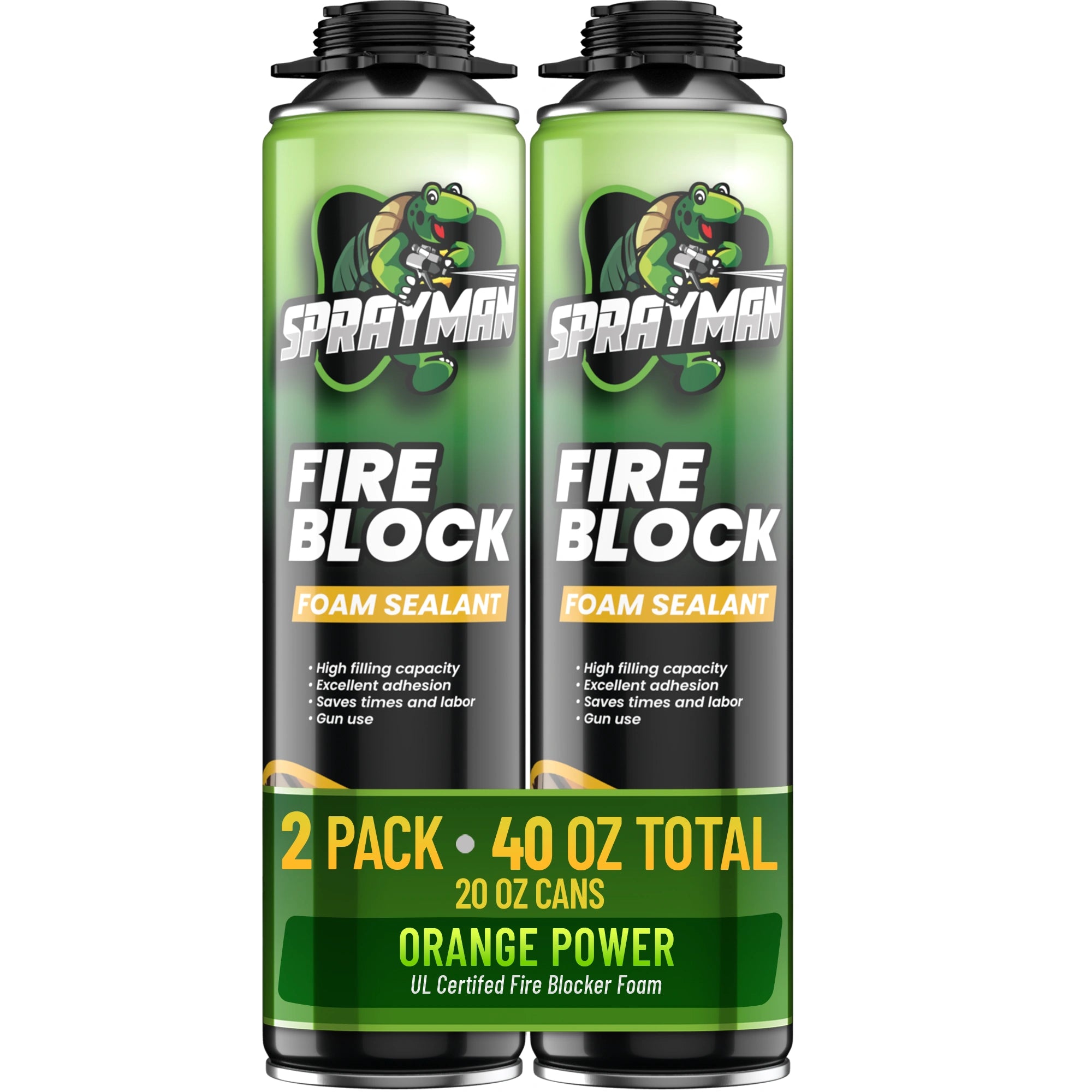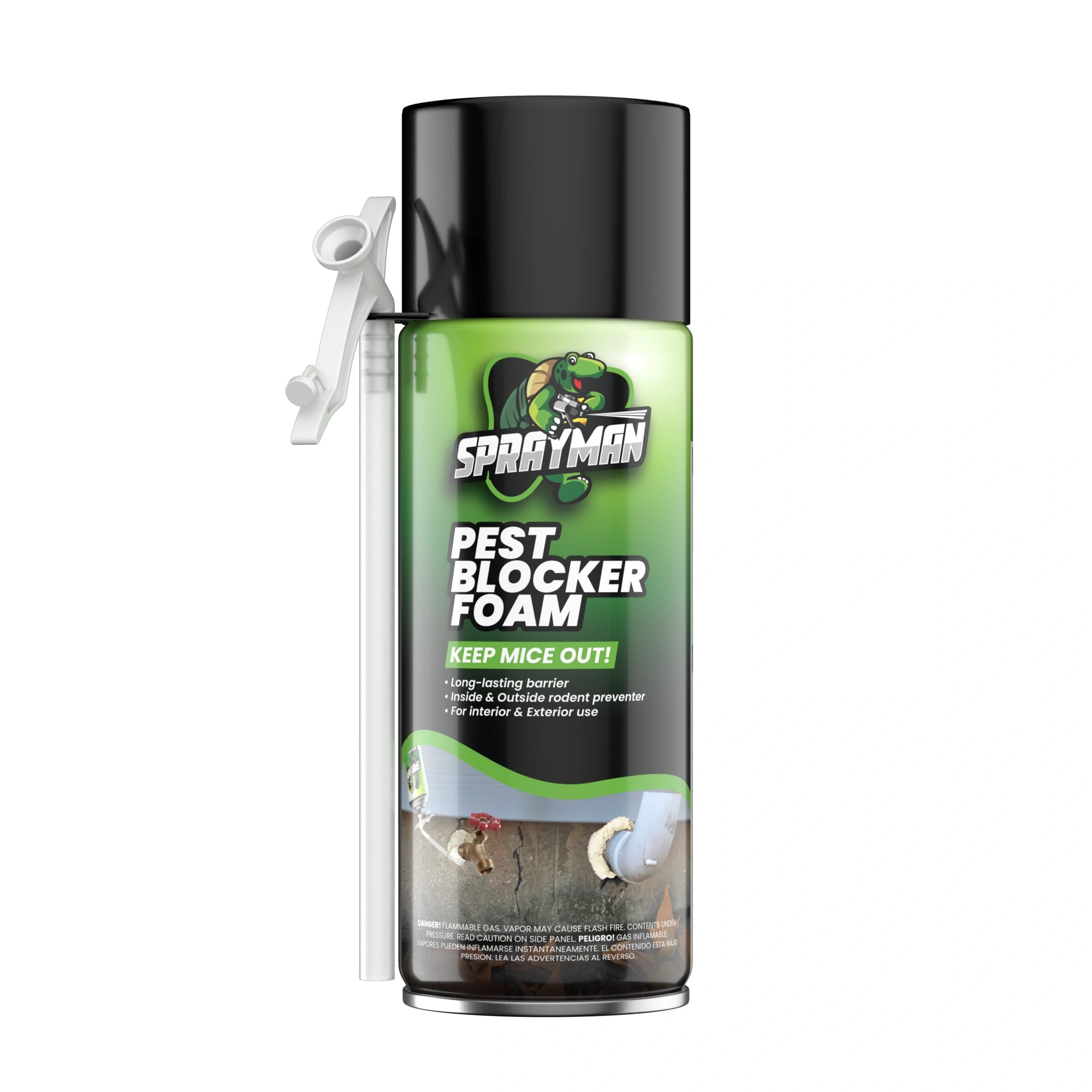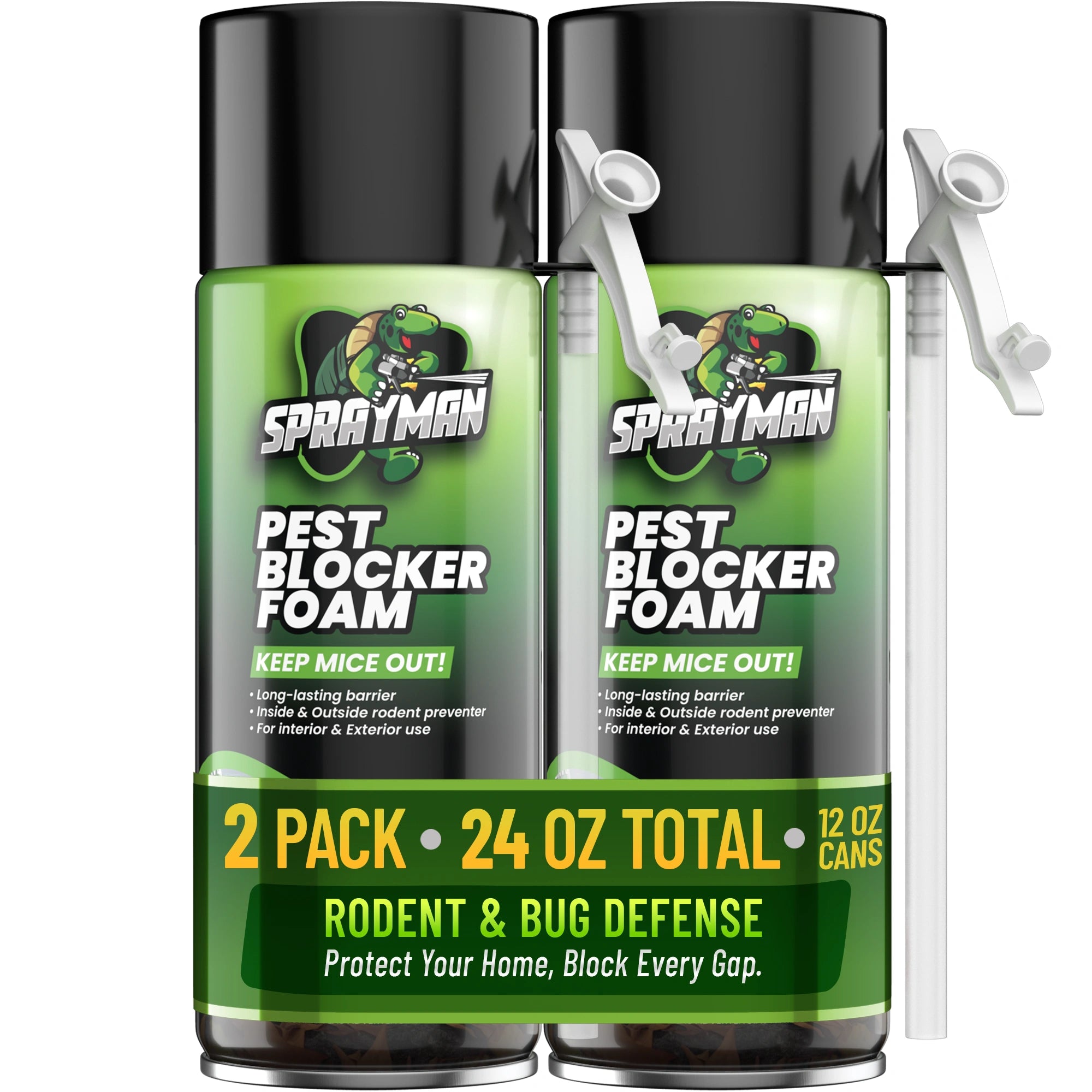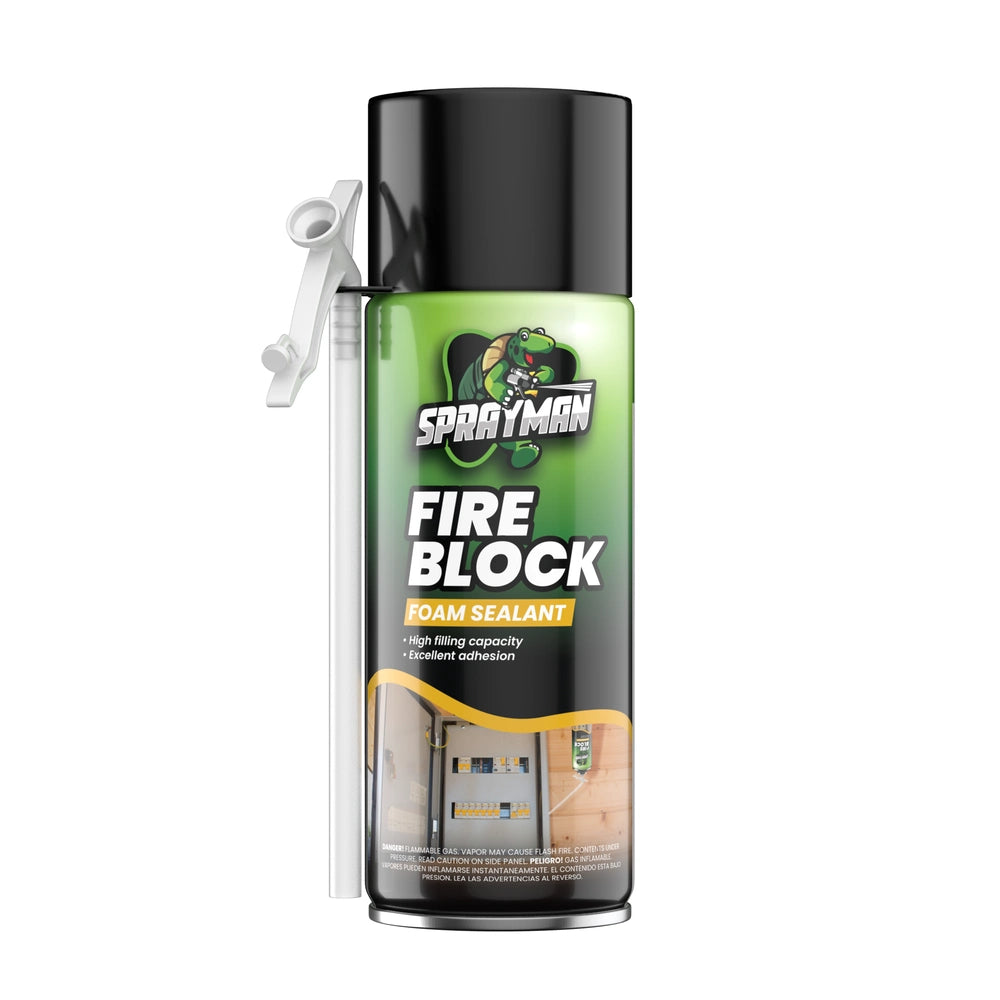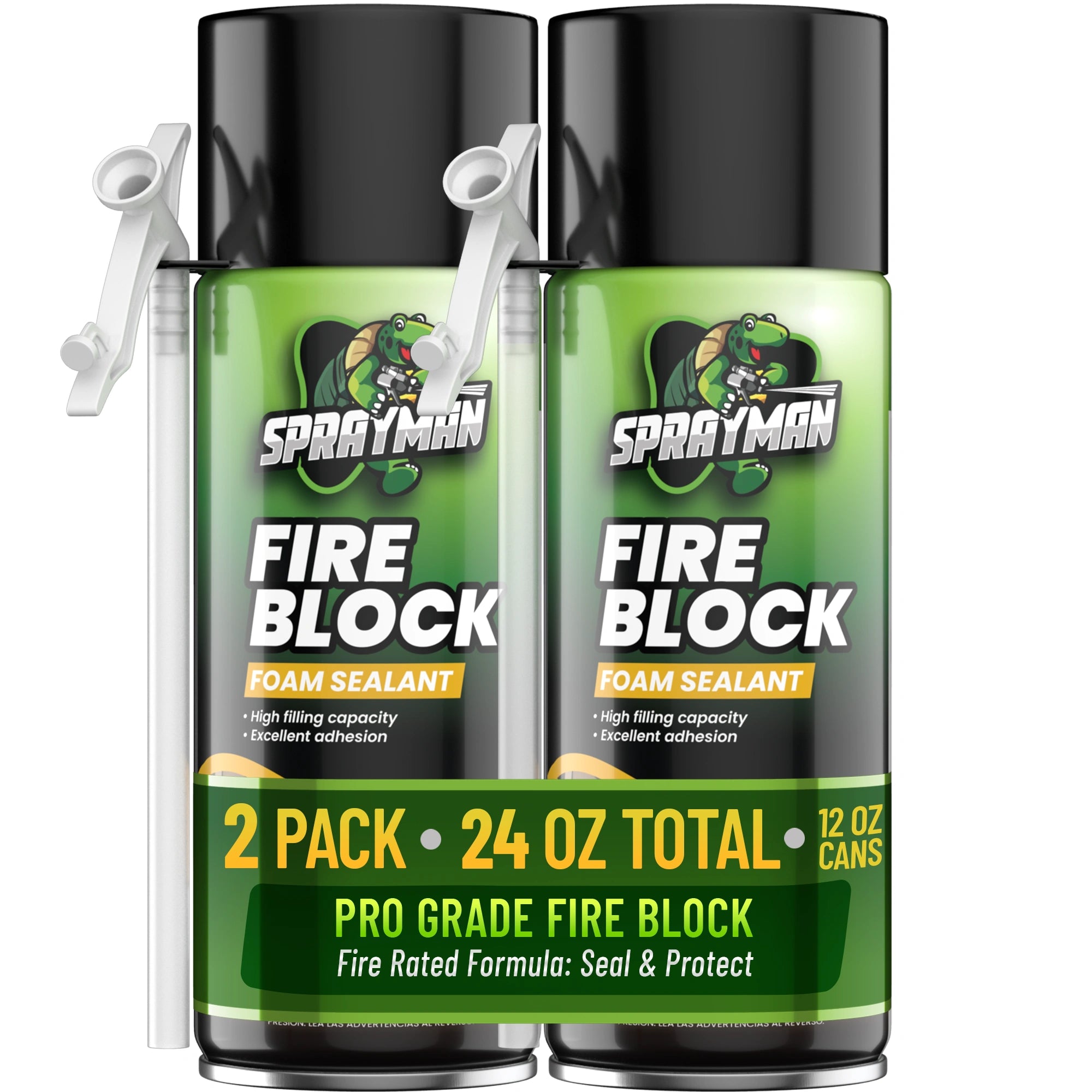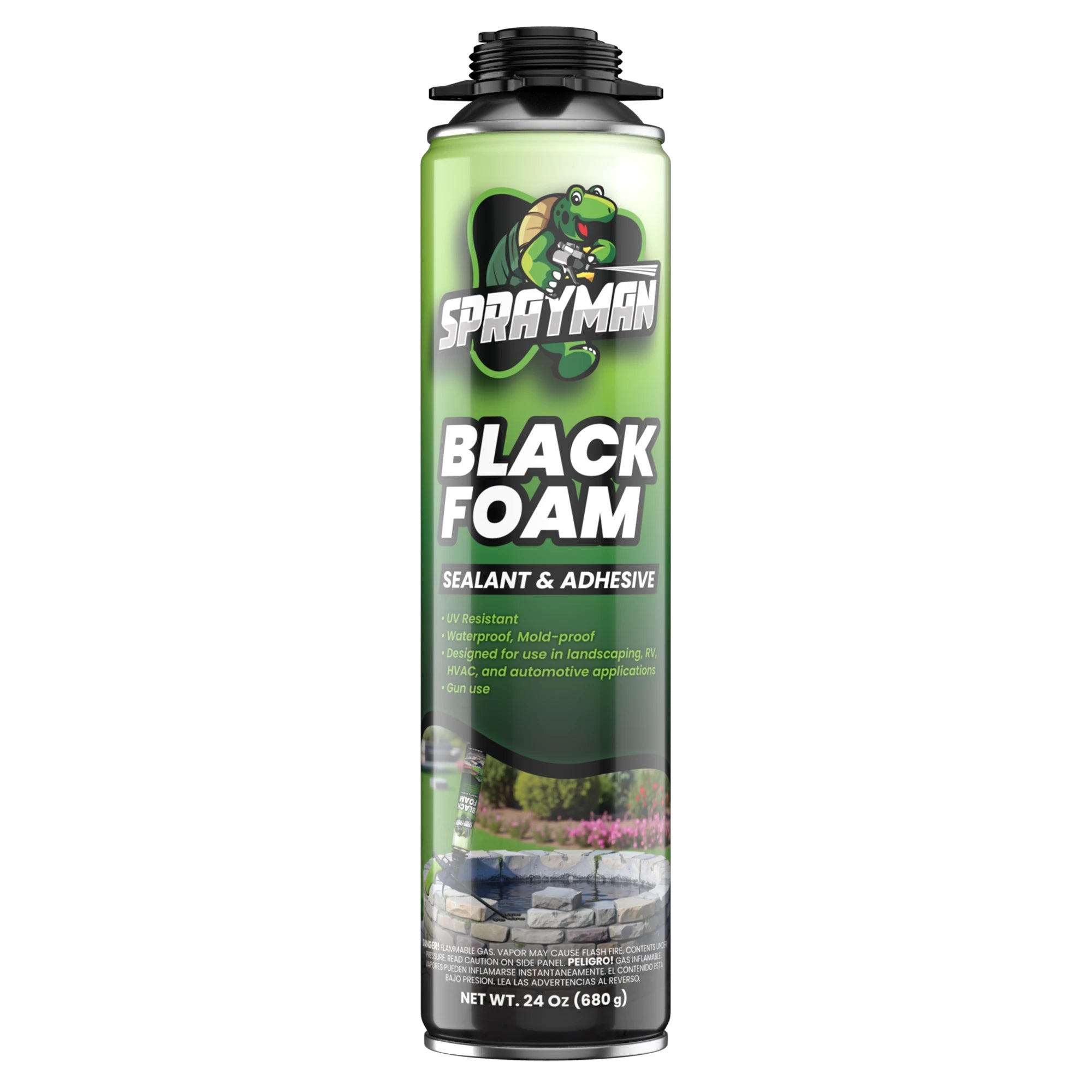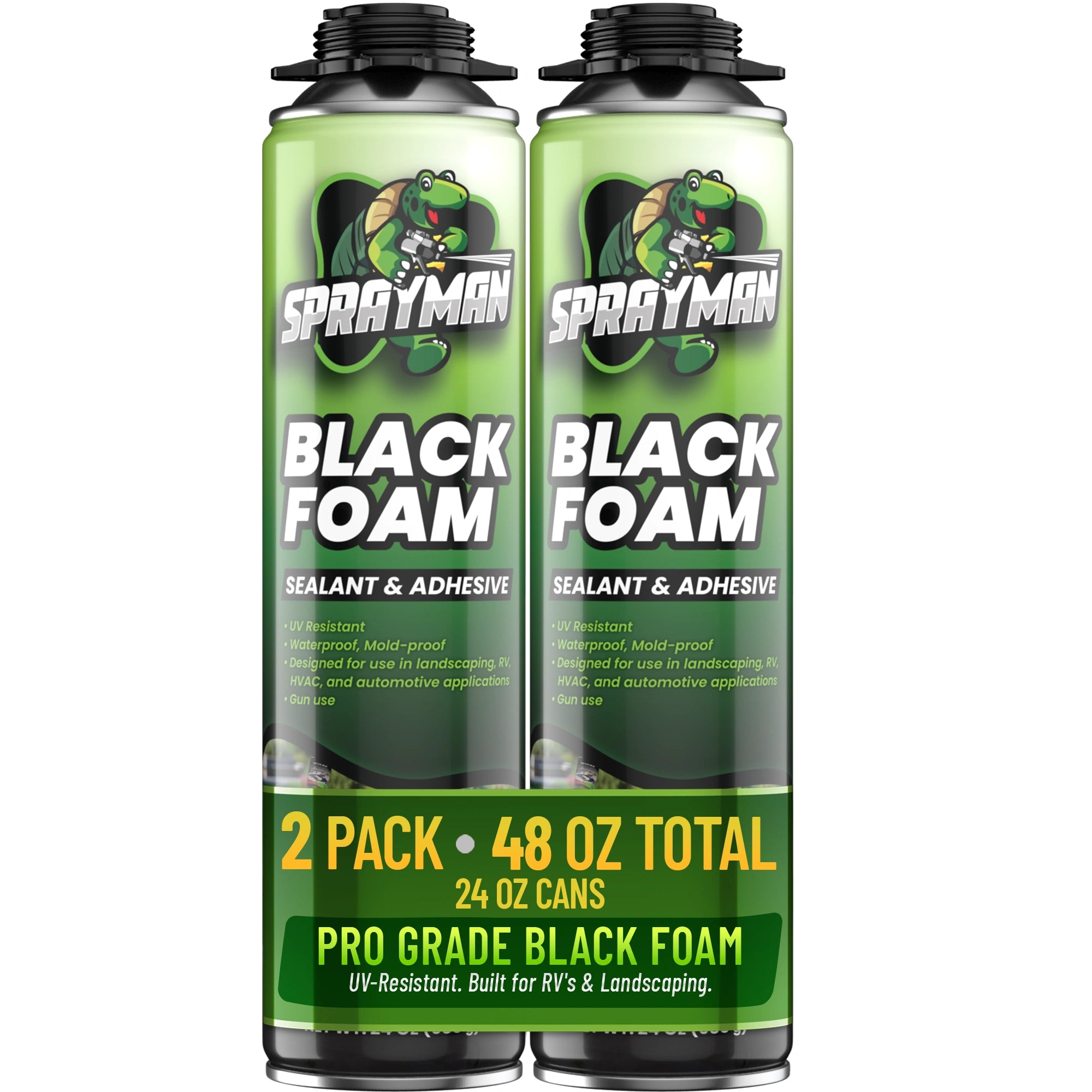Foam sealants are essential for achieving airtight, weather-resistant, and fire-rated seals in residential and commercial applications. Whether you're tackling minor home repairs or large-scale insulation jobs, SPRAYMAN’s polyurethane-based spray foam sealants deliver excellent coverage, adhesion, and durability. These expanding foam solutions are ideal for closing off gaps, sealing around windows, doors, and pipe penetrations, and improving thermal insulation.
SPRAYMAN’s collection includes a wide range of foam sealants formulated for specific applications—from gap sealer and crack sealer solutions to fire block and rodent-proof formulations. Our polyurethane foam sealant products are easy to apply and designed to resist moisture, mold, and air infiltration. Whether you're sealing a drafty window or fireproofing a basement wall, we offer the right foam for the job.
What Are Foam Sealants?
Foam sealants are expanding materials that fill cavities, joints, and small openings in buildings. Once applied, they harden into a solid barrier that prevents the transfer of air, moisture, noise, and heat. Foam sealants work alongside traditional insulation materials to enhance overall energy efficiency.
SPRAYMAN’s spray foam sealants provide durable, long-term protection. They serve as air seals, help prevent mold and pest intrusion, and maintain indoor comfort by reducing noise and drafts. Depending on your needs, you can choose low- or high-expansion options with features like fireproof insulation, fireblock foam, or waterproof foam sealant performance.
How to Choose the Right Foam Sealant from Our Lineup?
SPRAYMAN offers specialized solutions for every type of sealing project. Explore our foam sealant lineup to find the best match for your specific application:
- SPRAYMAN Gaps & Cracks Filler Foam: A versatile option for sealing cracks and joints. It delivers strong adhesion and effective moisture protection, ideal for walls, floors, and attics.
- SPRAYMAN Pest Blocker Foam – Straw & Gun Versions: Applied as a gap sealer and crack sealer, this expanding foam contains EPA-registered pesticide for pest prevention. The 12 oz straw applicator is great for precise sealing, while the 24 oz gun foam is built for larger areas like crawl spaces, garages, and exteriors.
- SPRAYMAN Window & Door Foam: A low-expansion foam designed for tight spaces around door and window frames. The perfect foam for window seal or door insulation.
- SPRAYMAN Fire Block Foam Sealant – Straw & Gun Versions: Applied as fireblock foam for your fireproof insulation needs. Available in 12 oz with straw applicator for detailed control and 20 oz with gun applicator for broader coverage.
Why Choose Foam Sealants for Your Project?
- Helps maintain consistent indoor temperatures.
- Improves energy efficiency and reduces utility bills.
- Prevents moisture-related issues like mold and mildew.
- Enhances overall comfort by blocking drafts and noise.
- Supports safety in areas that require heat and flame resistance.
- Offers lasting durability in both indoor and outdoor conditions.
- Easy to apply with minimal tools or professional assistance.
Frequently Asked Questions
What Is Foam Sealant Used for?
It fills gaps, holes, and penetrations to prevent drafts, water, noise, and pest intrusion.
Can Foam Sealant Be Used Outdoors?
Yes, our waterproof foam sealants are designed for both indoor and outdoor applications, providing reliable protection against moisture and the elements.
Which Foam Should I Use around Windows and Doors?
Our low-expansion foam for window seal and door frames ensures a secure, stress-free fit that won’t warp frames.



